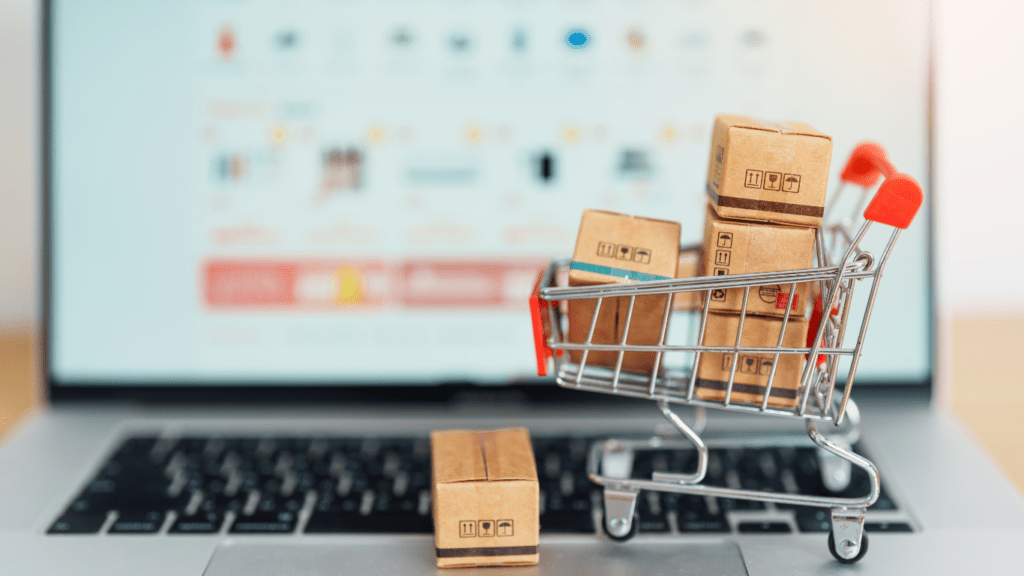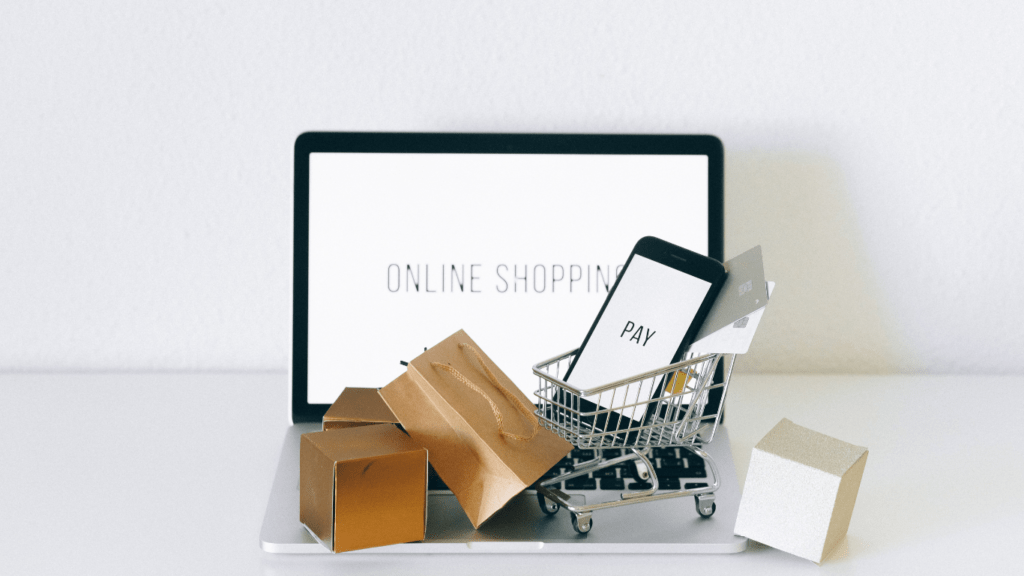Venturing into the world of selling digital art online can be both exciting and daunting. As an artist, I’ve navigated the digital marketplace and learned valuable strategies along the way. Whether you’re a seasoned creator or just starting, mastering the art of online sales is key to reaching a wider audience and generating income from your passion.
In this article, I’ll share insights on how to effectively showcase your digital art, optimize your online presence, and connect with potential buyers. From setting up your online portfolio to leveraging social media platforms, I’ll cover practical tips that can elevate your digital art business. Join me on this journey as we explore the dynamic realm of selling digital art online and unlock the potential to turn your creativity into a thriving online venture.
Selecting the Right Platform
When it comes to selling digital art online, choosing the right platform is crucial for success. I want to guide you through the process of finding the most suitable platform to showcase and sell your artwork effectively. Let’s dive into two essential aspects to consider in this selection process.
Finding Your Audience
In selecting the right platform for selling your digital art, understanding your target audience is key. By identifying your audience’s preferences, demographics, and online behavior, I can tailor my art and marketing strategies to resonate with them effectively. Knowing your audience helps in selecting a platform where your art is more likely to be appreciated and purchased.
Comparing Popular Platforms
Researching and comparing popular platforms is essential to find the best fit for selling your digital art. I’ll delve into the features, fees, audience reach, and user experience of different platforms to help you make an informed decision. By comparing platforms like Etsy, Society6, or ArtStation, I can determine which one aligns best with my artistic style and goals.
Preparing Your Digital Art for Sale
Optimizing Art Quality
Ensuring high-quality digital art is vital to attract potential buyers. I focus on optimizing my art quality by using professional software tools like Adobe Photoshop or Procreate. These tools help me refine details, enhance colors, and ensure a crisp finish to my digital pieces. By paying attention to resolution, contrast, and overall aesthetics, I make sure my art stands out in the competitive online market.
Choosing the Right Pricing Strategy
When determining the pricing for my digital art, I consider factors such as complexity, time invested, and market demand. I set competitive prices that reflect the value of my work while also staying abreast of industry standards. Conducting market research and analyzing pricing trends on different platforms helps me tailor my pricing strategy to appeal to my target audience effectively. By striking a balance between affordability and the worth of my art, I increase the chances of closing successful sales.
Marketing Your Digital Art
When marketing my digital art, I focus on utilizing social media platforms effectively to reach a wider audience and engage with potential buyers. It’s essential to leverage the power of social media to showcase my artwork, attract followers, and drive traffic to my online art sales. Engaging with the art community also plays a crucial role in establishing connections, gaining feedback, and creating collaborations that can elevate my digital art presence.
- Utilizing Social Media
I maximize my digital art exposure by actively using social media platforms such as Instagram, Facebook, and Twitter. These platforms allow me to share images of my artwork, engage with followers through posts and stories, and participate in relevant art communities and hashtags. By consistently posting high-quality content and interacting with my audience, I can build a strong online presence, increase visibility, and drive traffic to my art listings. - Engaging with the Art Community
Engaging with the art community is vital for networking, gaining insights, and receiving constructive feedback on my digital art. I participate in online art forums, groups, and events to connect with fellow artists, collectors, and art enthusiasts. By sharing my work, participating in discussions, and supporting other artists, I can expand my network, enhance my artistic skills, and stay updated on the latest trends in the art world. Collaborating with other artists or influencers can also help me reach new audiences and create unique opportunities for promoting my digital art.
Legal Considerations
When it comes to selling digital art online, it’s crucial to have a solid understanding of copyright laws. As an artist, I need to protect my creations and ensure that I am not infringing on others’ intellectual property rights.
Registering Your Copyright
I recommend registering my copyright for the digital art I create to establish my ownership legally. By registering my work with the U.S. Copyright Office, I can protect it against unauthorized use and infringement.
Licensing Agreements
Before selling my digital art online, I should consider setting up licensing agreements that define how buyers can use my work. These agreements can help me retain control over my creations and specify the terms under which they can be utilized.



